Defragmenting your hard drive is a crucial maintenance task that can enhance the performance of your Windows 11 PC by organizing fragmented data and improving file access speeds. Although Windows 11 automatically schedules defragmentation, knowing how to manually defrag your storage can help you optimize your system whenever necessary.
What causes fragmentation of your storage?
Fragmentation occurs when files are broken into pieces and scattered across different areas of your storage drive. This happens over time as you create, modify, and delete files or applications. Imagine trying to read a book where the pages are out of order; it would take longer to find the information you need. Similarly, a fragmented hard drive slows down data retrieval because the read/write head has to move to multiple locations to access a single file.
This issue is more pronounced with Hard Disk Drives (HDDs) due to their mechanical components. The constant movement required to access fragmented files increases the time it takes to read and write data. While Solid State Drives (SSDs) are less affected because they have no moving parts, they can still benefit from occasional defragmentation to maintain optimal performance.
Understanding fragmentation and its impact on your storage device is essential for keeping your system running efficiently. Let's explore how you can defrag your hard disk using Windows 11's built-in tools.
Defrag your hard disk using drive optimization
Step 1: Open the Settings app by clicking on the Start menu and selecting Settings from the list of options.
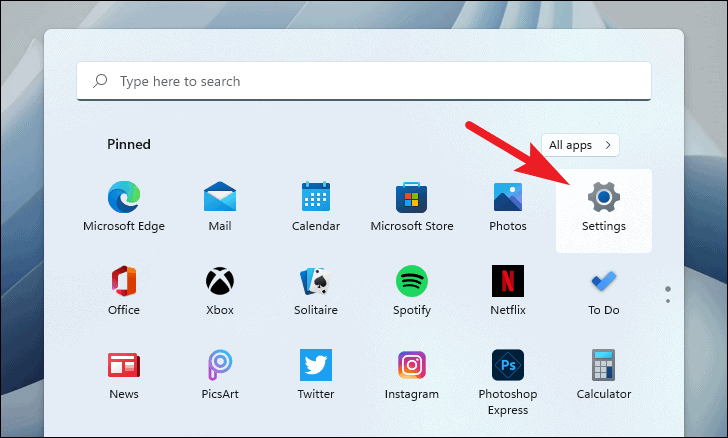
Step 2: In the Settings window, click on the System tab located on the left sidebar.
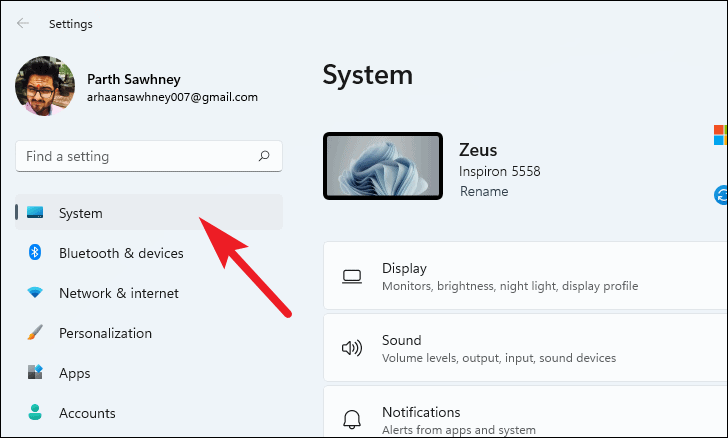
Step 3: Select Storage from the right pane of the System settings.
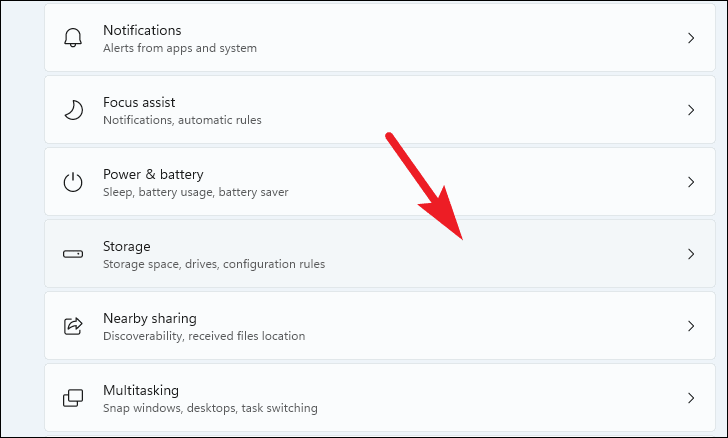
Step 4: Scroll down and click on Advanced storage settings to expand more options.

Step 5: Click on Drive optimization to open the Optimize Drives window.

Step 6: In the Optimize Drives window, you'll see a list of your drives along with their current status, last run date, and fragmentation level.
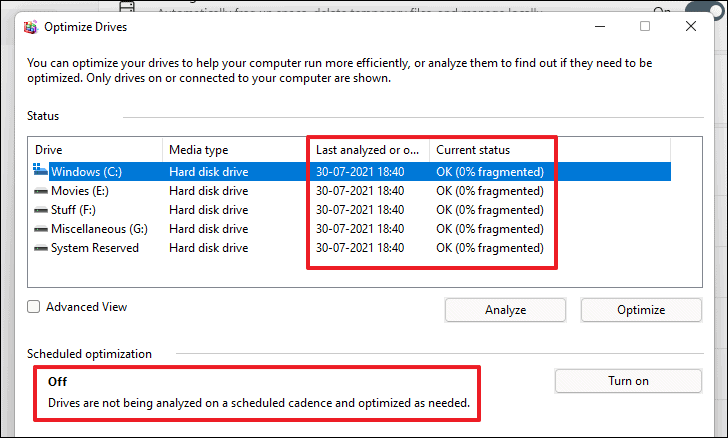
Step 7: To check if a drive needs optimization, select the desired drive and click on Analyze. If it has been more than a week since the last optimization, you can proceed directly to defragmentation.
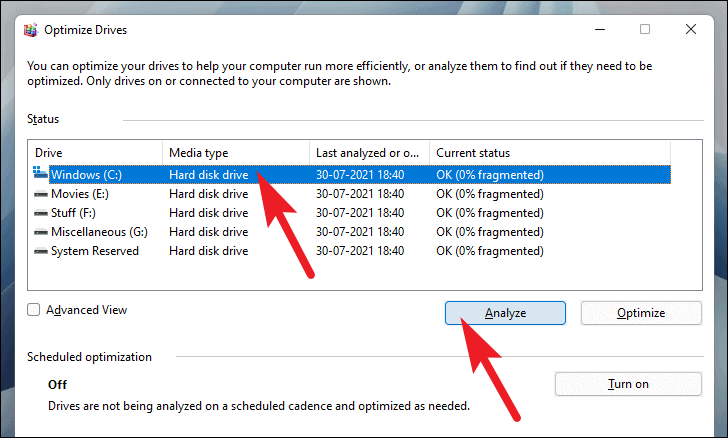
Step 8: Wait for the analysis to complete. This may take a few minutes depending on the size of the drive.

Step 9: If the Current status shows OK, the drive doesn't need defragmentation. If Scheduled optimization is turned off, consider enabling it for automatic maintenance.
Step 10: To manually defrag the drive, select it and click on Optimize. It's advisable to perform this action on all drives individually for optimal performance.
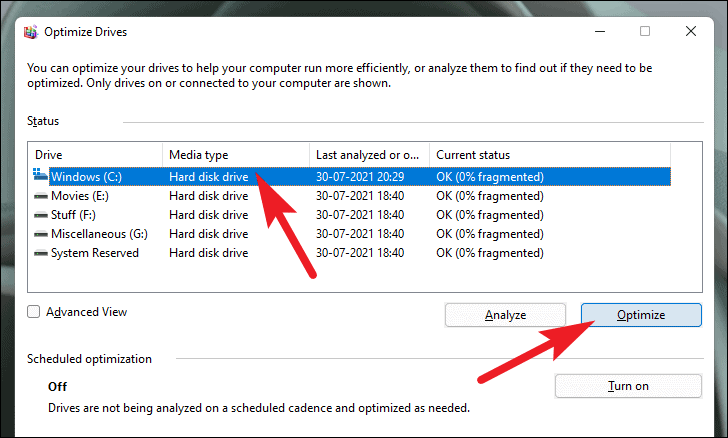
While manual defragmentation is effective, scheduling automatic defragmentation ensures your drives remain optimized without continual oversight.
Step 11: To set up a defragmentation schedule, click on Change settings under Scheduled optimization.

Step 12: In the new window, check the box next to Run on a schedule to enable automatic optimization.
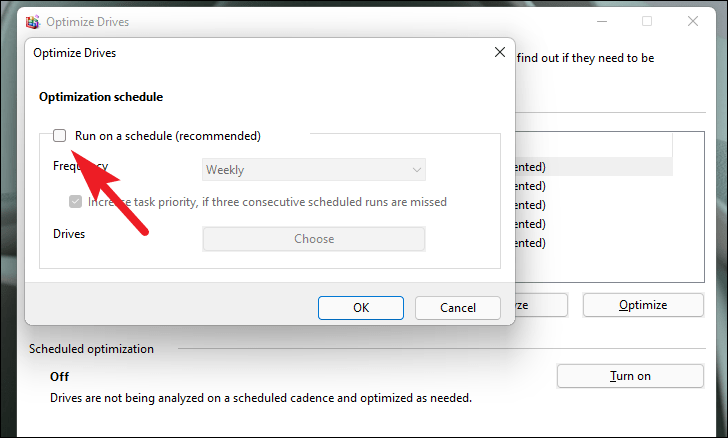
Step 13: Select the preferred frequency from the Frequency dropdown menu. A weekly schedule is generally recommended for most users.

Step 14: Check the box labeled Increase task priority if three consecutive scheduled runs are missed to ensure the optimization process runs during active hours if previous schedules were missed.
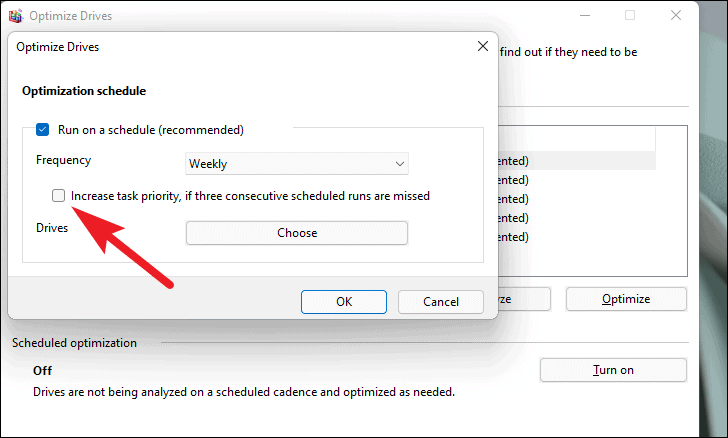
Step 15: Click on Choose to select which drives to include in the scheduled optimization.

Step 16: In the next window, click on Select all to include all available drives. Check the box next to Automatically optimize new drives and click OK to save your settings.
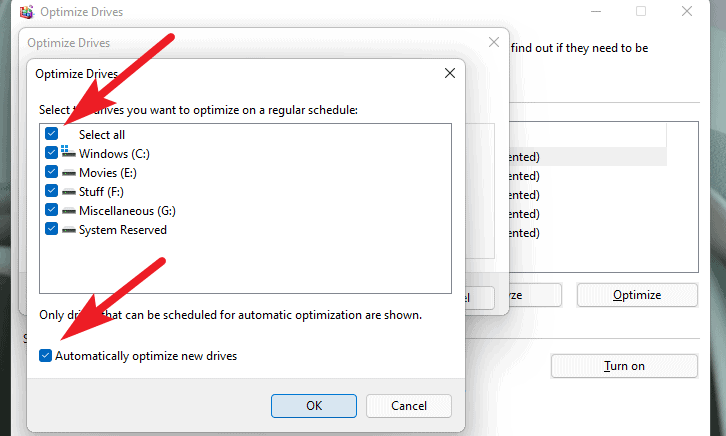
With these settings, your drives will be automatically defragmented according to the schedule you've established, ensuring continuous optimal performance.
Defrag your hard disk using Command Prompt
Another method to defragment your hard drive is through the Command Prompt, which offers more control over the defragmentation process.
Step 1: Right-click on the Start menu and select Windows Terminal (Admin) to open the terminal with administrative privileges.
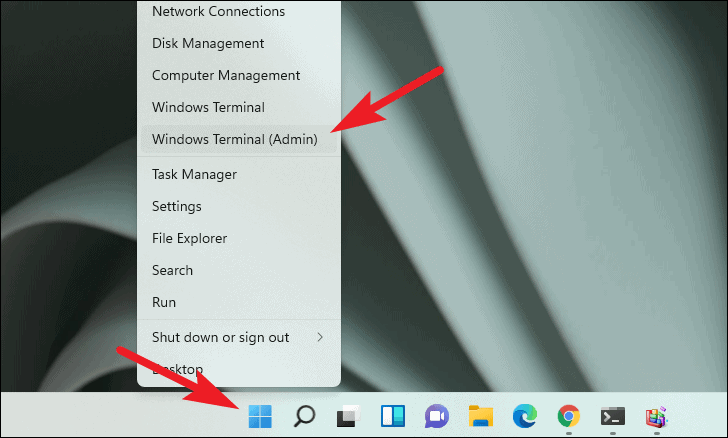
Step 2: In the Windows Terminal, click on the downward arrow icon on the tab bar and choose Command Prompt from the dropdown menu. Alternatively, press Ctrl+Shift+2 to open Command Prompt in a new tab.
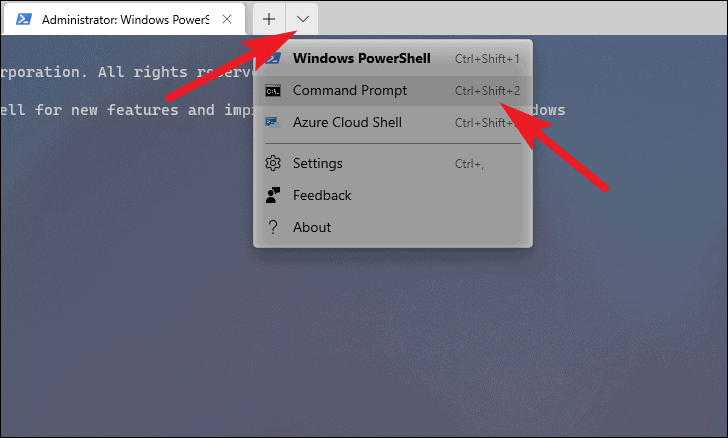
Step 3: To analyze a specific drive for fragmentation, type defrag <drive letter> /A and press Enter. Replace <drive letter> with the actual letter of the drive you want to analyze (e.g., defrag C: /A).
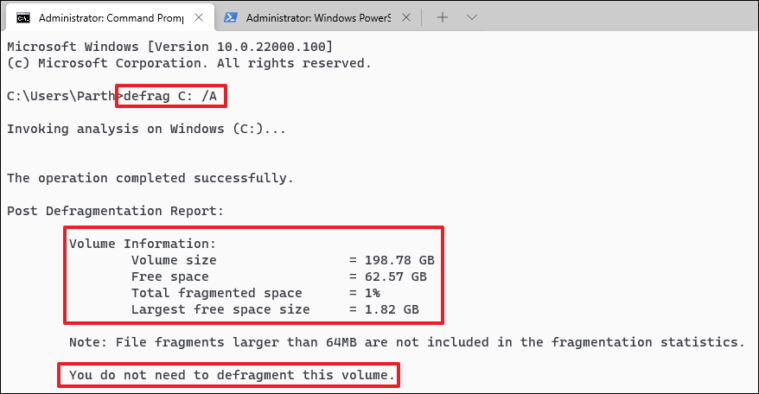
Step 4: To defragment the drive, type defrag <drive letter> and press Enter. Wait for the process to complete before closing the Command Prompt window.
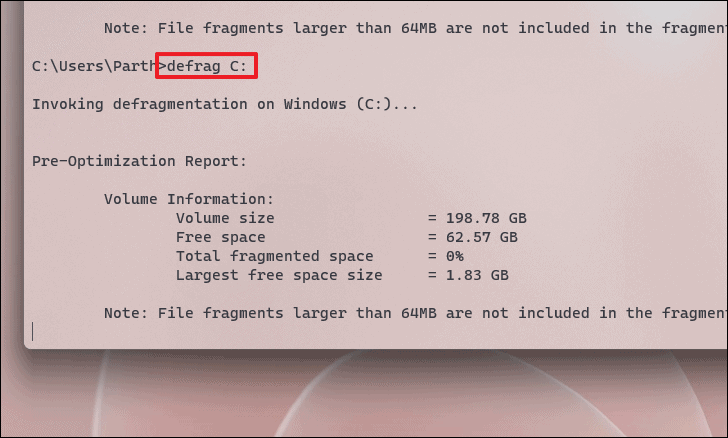
Step 5: To defrag all drives simultaneously, type defrag /C and press Enter. This command works similarly to the graphical defragmentation tool.

Step 6: If you want to exclude certain drives from the defragmentation process, use the command defrag /E <drive letter>. For example, defrag /E D: will defragment all drives except the D: drive.
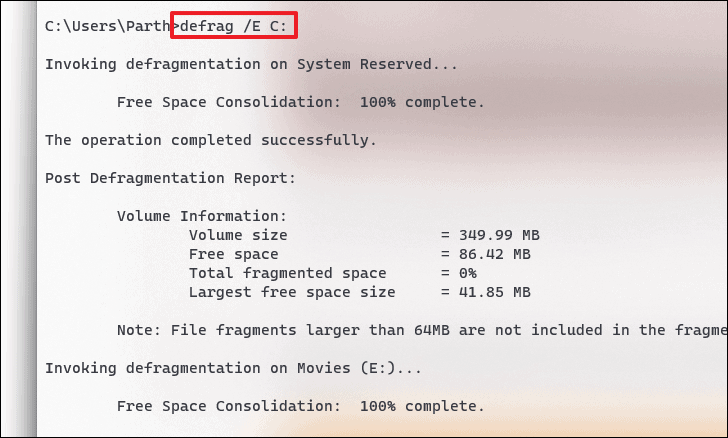
Step 7: To optimize boot performance, type defrag <drive letter> /B and press Enter. This command optimizes boot files and can significantly improve startup times. Note that this process may take longer depending on your system.

Step 8: If you need assistance with commands, type defrag /? and press Enter to display a list of available options and their descriptions.
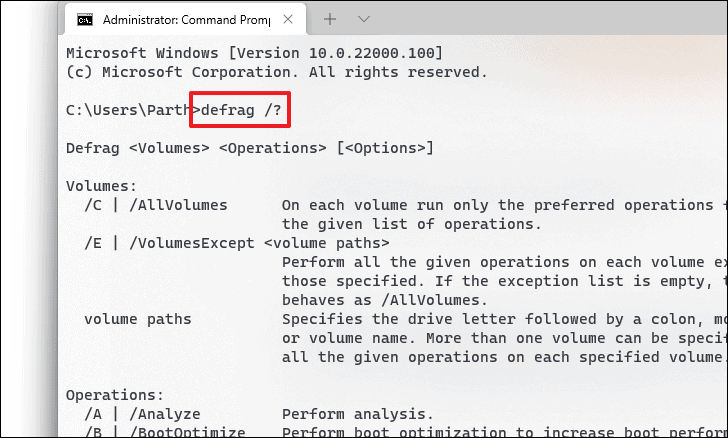
What cannot be defragmented on Windows 11?
It's important to be aware of certain limitations when defragmenting drives on Windows 11:
- Drives that are in exclusive use by another program cannot be defragmented.
- Drives formatted with FAT or FAT32 file systems instead of NTFS are not supported by the built-in defragmentation tool.
- Network drives and optical drives (such as CD or DVD drives) cannot be defragmented.
Regular defragmentation is key to maintaining your Windows 11 PC's performance by ensuring data is organized efficiently on your storage drives. Whether you prefer using the graphical interface or the Command Prompt, these methods provide effective ways to optimize your system and enhance its speed.






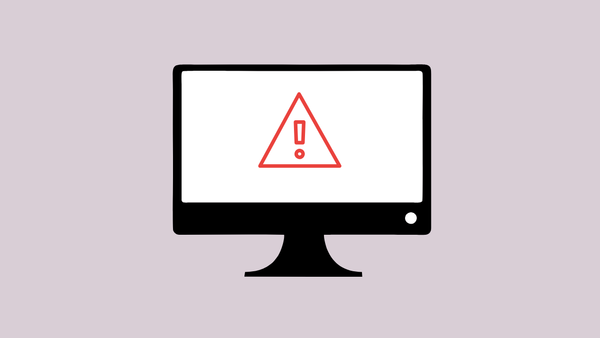
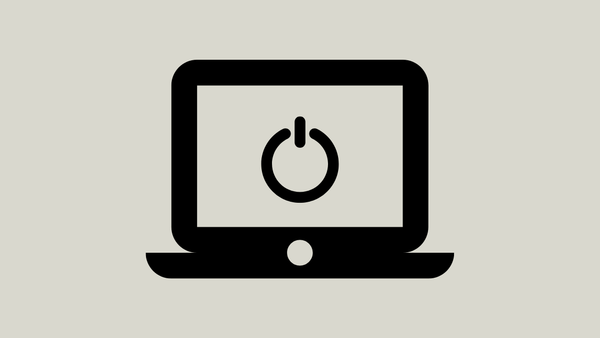
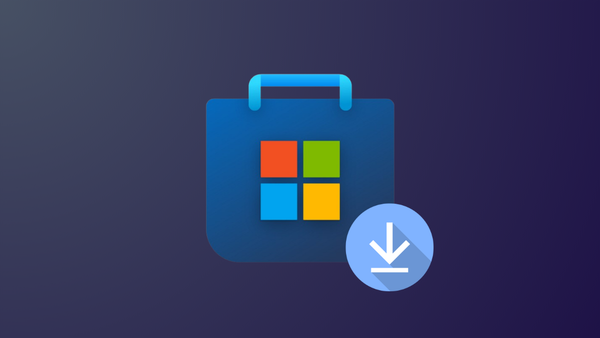


Member discussion